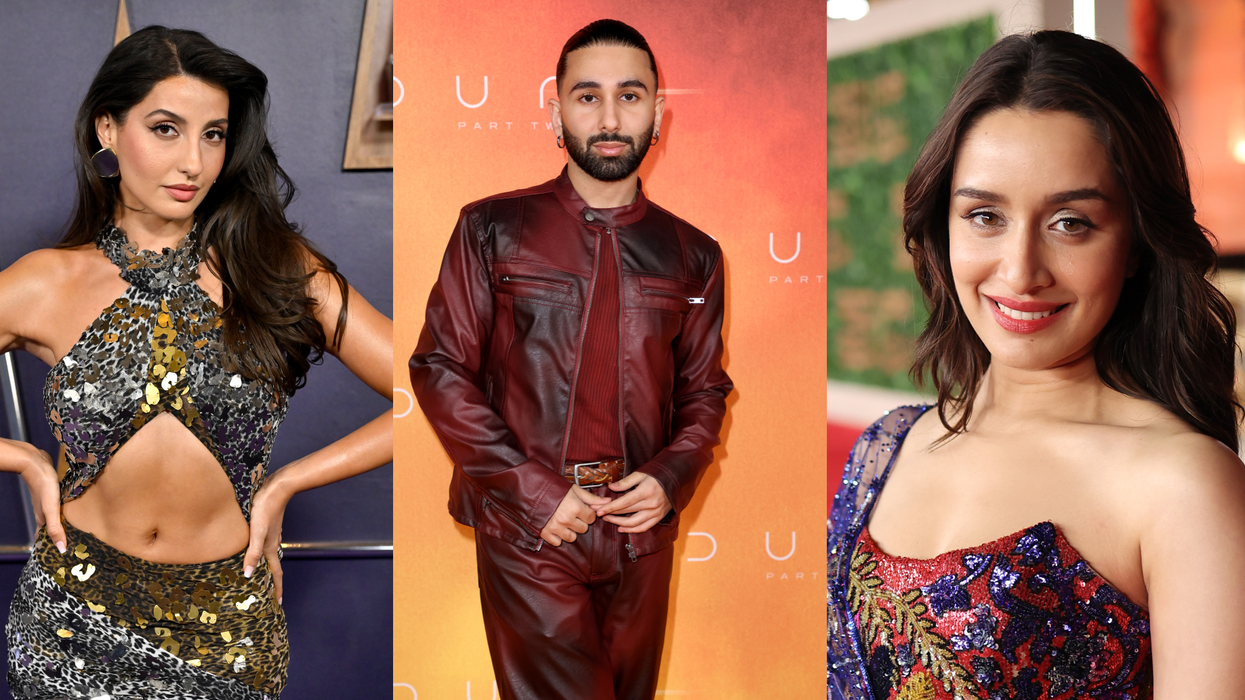A decade after his dream project of making a feature film with Irrfan Khan as Osho Rajneesh fell through, Italian filmmaker Lakshen Sucameli has made a documentary on the controversial spiritual guru.
A compressed version of the docu-series “Ten Thousand Shades of Osho”, titled ‘Osho the Movie’ (of one hour and 40 minutes) was screened recently at Yashwant International film festival organized by Maharashtra Government. The series will be released sometime later.
Sucameli said if he had his way, he would have made the film with Irrfan, who according to him was the apt choice to play Osho.
“I was doing a feature film more than ten years ago but that didn’t materialize so I switched into this one (docu-series), which took five years. Irrfan Khan was my first choice, and he liked Osho.
"And if I was the producer and if he was still alive, he would be the first choice,” the director told PTI in an interview.
The Italy-born filmmaker had travelled to India in 1978 to meet Osho, then considered one of the most controversial spiritual figures of the world. The director had lived in Osho's ashram in Pune, and Oregon, US.
Sucameli, who was given the name Lakshen by Osho, said it was his desire to make a movie on him.
“The first time I met Osho was in 1978. Since then, I have had two purposes in life — to know myself and to share his vision. When I started working as a filmmaker, I knew that one day, I would make a film about him,” he added.
Sucameli claimed he met Indian producers such as Subhash Ghai, Pritish Nandy, and Bobby Bedi and among actors, he approached Irrfan Khan, Sanjay Dutt, Kamal Haasan, besides writer Kamlesh Pandey of “Rang De Basanti” fame.
Ghai had also announced a project on Osho but that has not materialised.
According to Sucameli, the Indian producers were not serious about an international co-production back then.
“The Indian producers are not really open to an international film. They are so satisfied with Bollywood. Even if they know Osho, and even if they saw the potential, they didn’t really warm to the idea of doing an international co-production,” he added.
The director said the key difference between the feature film and docu-series is that, he could play more with imagination while making the movie but with the latter he has stayed closer to reality.
The docu-series is structured into five episodes of sixty-minutes each. The documentary contains previously unreleased footage of Osho recorded across the world and it will also explore different periods of spiritual guru’s life through the stories of people, who were associated with him.
“This is about his life, his experiences of people who are with him. The film is more of a story with some drama, something added to give the possibility for the audience to also follow something.” Sucameli, who himself is an insider of the Osho movement, said the docu-series is not a propaganda and added that it offers a wider perspective than Netflix's “Wild Wild Country”, which released in 2018.
“This docu-series is not a propaganda piece. On the contrary, it examines all elements of Osho’s life, including the contentious ones, like his return to India, the mysterious three days that he spent in an Oklahoma jail cell, incarcerated under a false name and allegedly poisoned, and other things,” he said.
Speaking of the release of the docu-series, Sucameli said, “At the moment, we are trying to take it to different festivals and cut a deal with Netflix, Amazon Prime or Disney+ Hotstar).”
(PTI)
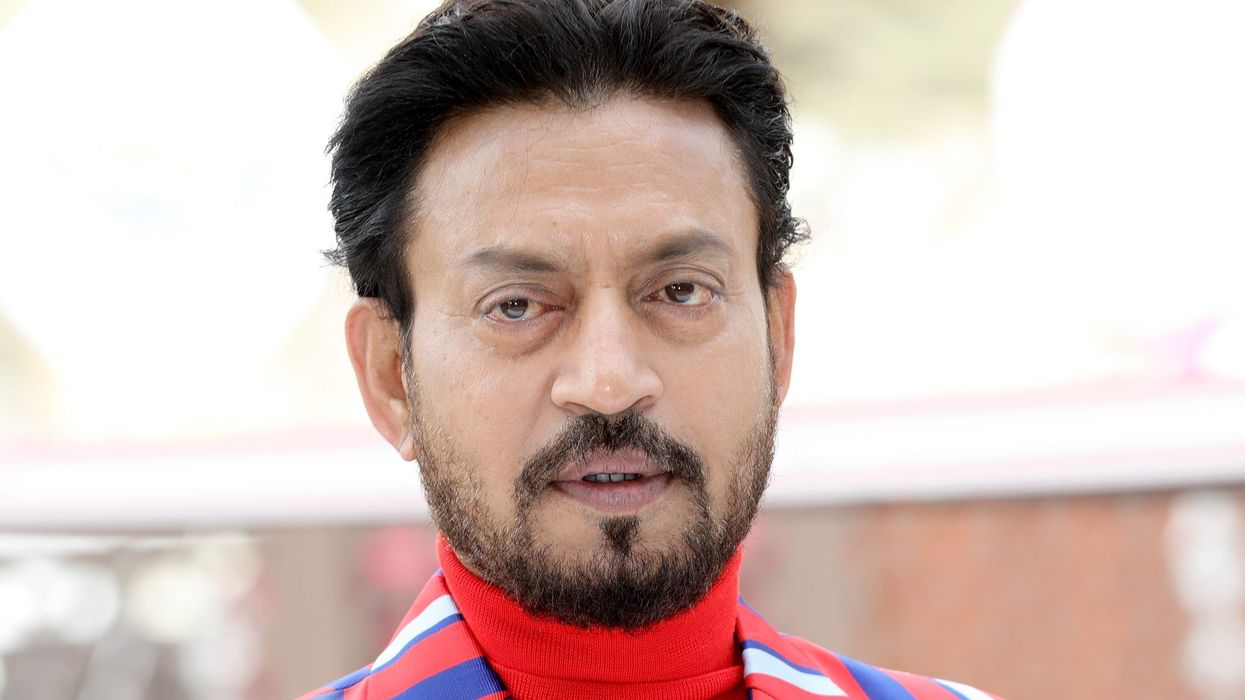




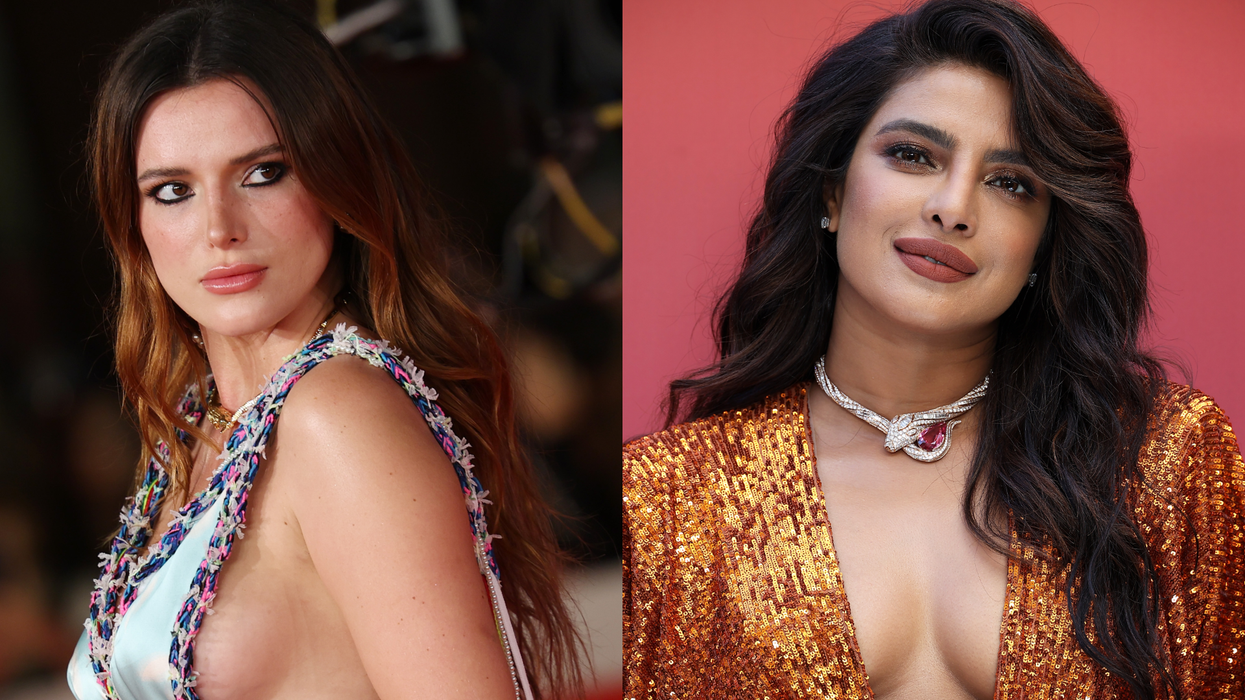
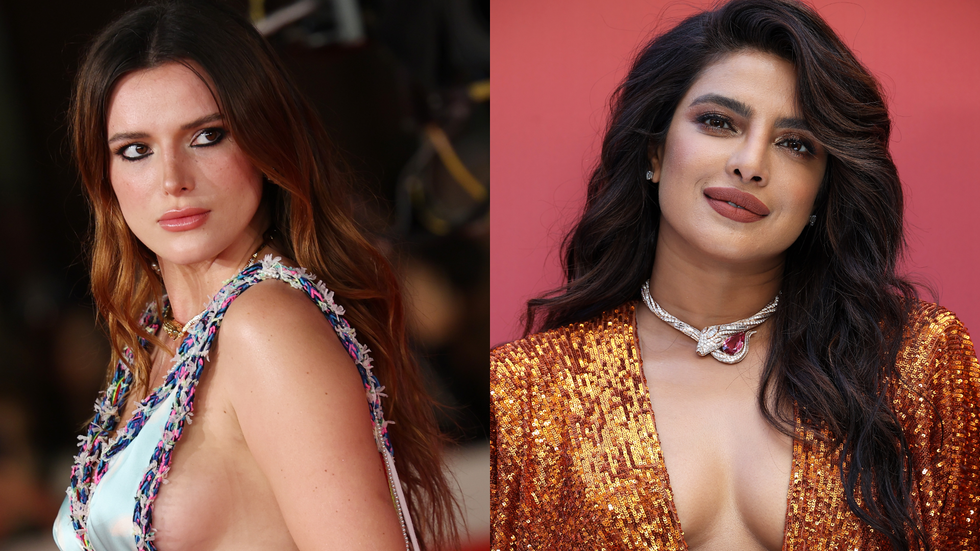 Bella Thorne reacted online as claims of a PR stunt around Priyanka’s airport video spread Getty Images
Bella Thorne reacted online as claims of a PR stunt around Priyanka’s airport video spread Getty Images 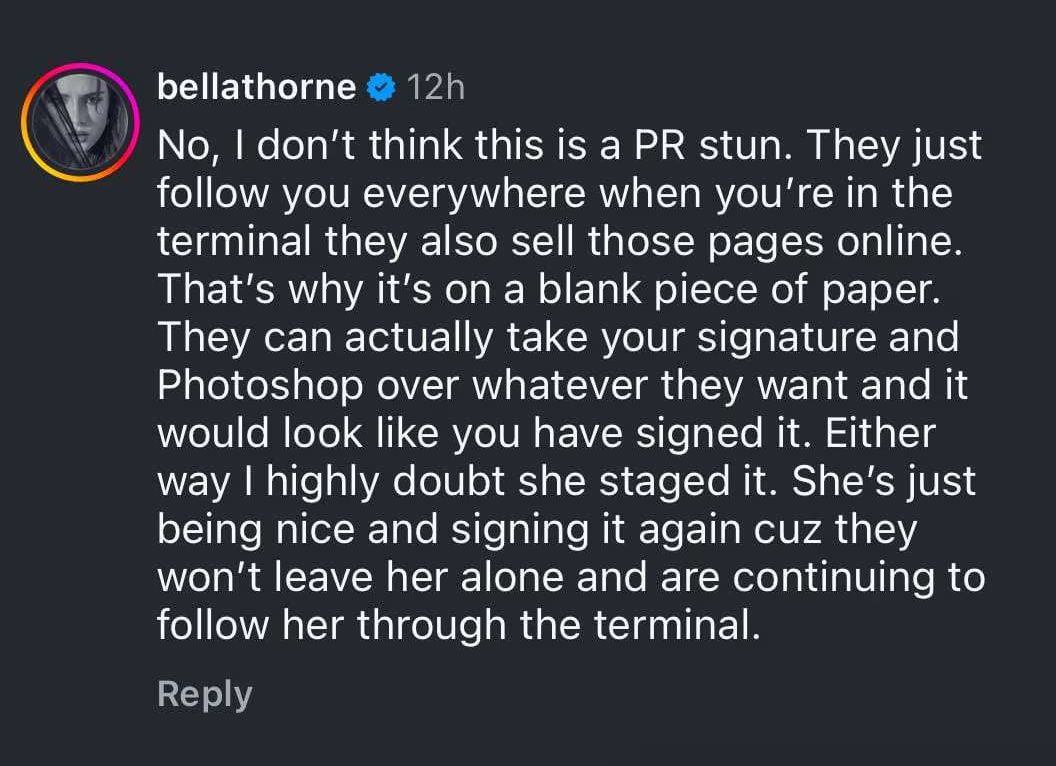 Bella Thorne’s comment supporting Priyanka Chopra during the fake fans conversation onlineInstagram Screengrab
Bella Thorne’s comment supporting Priyanka Chopra during the fake fans conversation onlineInstagram Screengrab 

